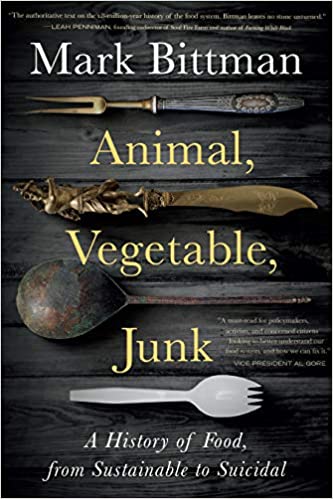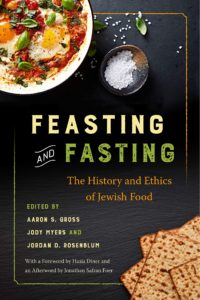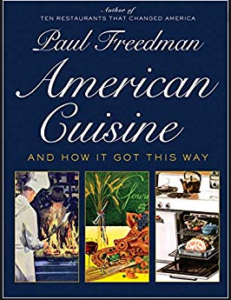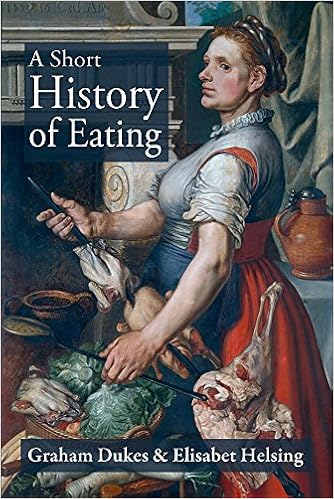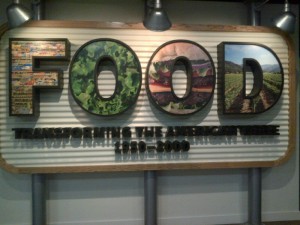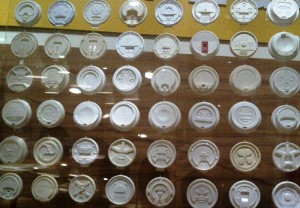Ancient humans drank milk even when lactose intolerant
I’ve long been mystified by why the Chinese government promotes milk consumption so strongly and why Chinese grocery stores, like this one I saw in Beijing, devote so much space to selling dairy foods, when they can’t comfortably digest the lactose in milk.
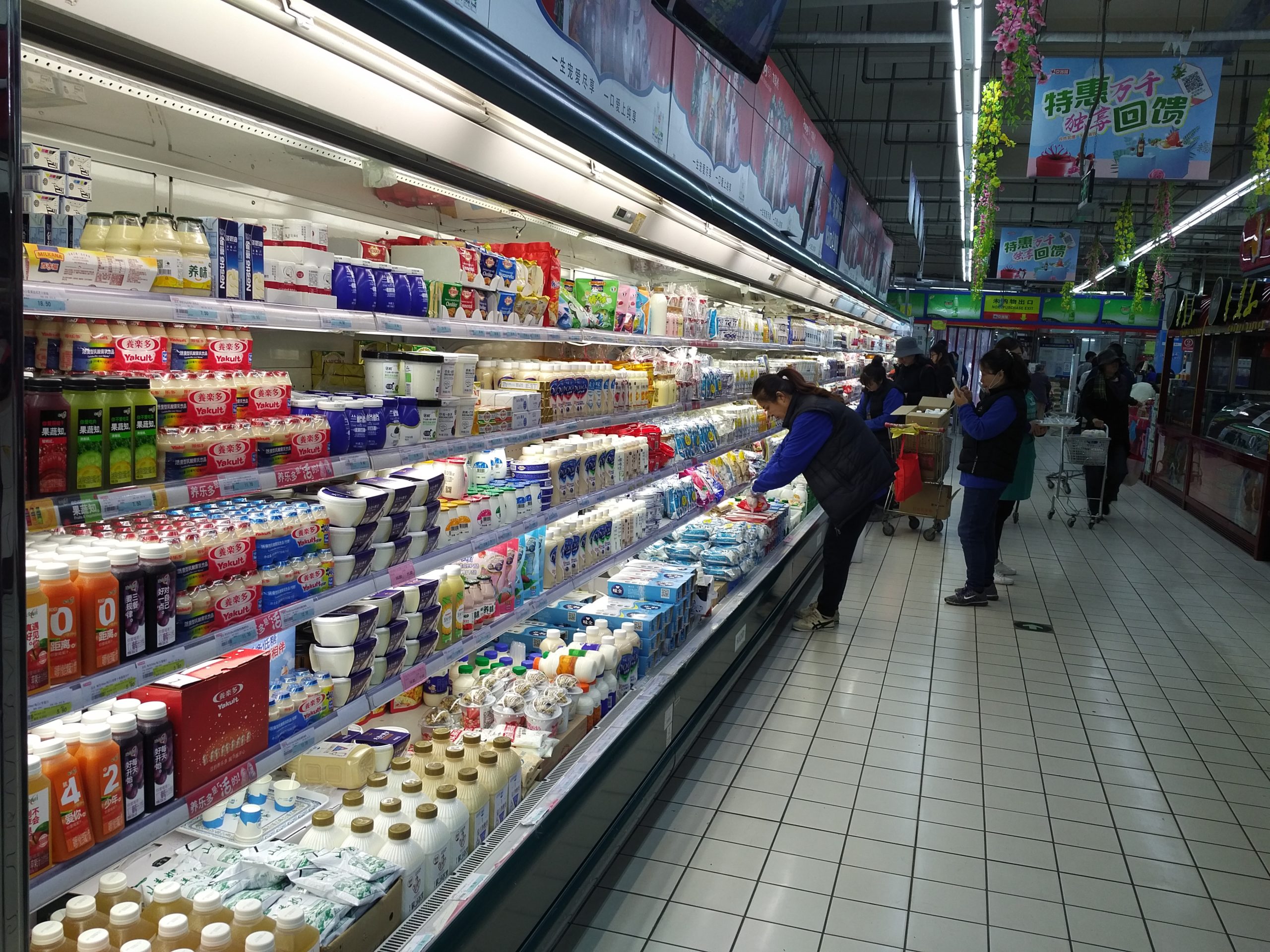
Asian and many other populations stop making the enzyme that digests lactose sugar a few years after early childhood and become intolerant to that sugar. So why continue to consume dairy products?
Nature has a new article shedding some light on the question of whether lactose tolerance is inducible. Do people who eat dairy products develop tolerance? Or is it just that people who can eat dairy do eat dairy?
- Dairying, diseases and the evolution of lactase persistence in Europe: Here we provide detailed distributions of milk exploitation across Europe over the past 9,000 years using around 7,000 pottery fat residues from more than 550 archaeological sites. European milk use was widespread from the Neolithic period onwards but varied spatially and temporally in intensity…In the UK Biobank cohort of 500,000 contemporary Europeans, LP [lactose persistence] genotype was only weakly associated with milk consumption and did not show consistent associations with improved fitness or health indicators.
The authors propose:
- Lactose intolerant people drank milk when it became available.
- Under conditions of famine or exposure to diarrhea-inducing pathogens, consuming lactose made the diarrhea worse.
- This acted as a selection pressure for continuing production of the lactase enzyme.
- But population fluctuations, settlement density and wild animal exploitation are better explanations for the persistence of the enzyme than the extent of milk usage.
An editorial expands on these ideas.
- The mystery of early milk consumption in Europe: The authors propose instead two alternative evolutionary avenues to explain the rise in prevalence of alleles for LP, related to [1] shortages of food or [2] the consequences of increased exposure to disease-causing agents (in relation to animals, crops or from living in close proximity to others without proper sanitation). In either situation, or in a combination of both scenarios, an individual’s ability to diversify their diet away from crops and meat, which might be affected by shortages, and to take advantage of the hydration and calories afforded by dairy products, could be extremely beneficial.
Or you can listen to a podcast:
- How humans adapted to digest lactose — after thousands of years of milk drinking: Humans have been drinking milk for thousands of years, but it seems that they were doing so long before the ability to digest it became prevalent. Then, around 2,000 years ago, this ability became common in Europe, presenting a mystery to researchers — why then? Now, by analysing health data, ancient DNA and fats residues from thousands of ancient pots, scientists have worked out what caused this trait to suddenly spread throughout Europe.
And take a look at a Nature article from 2019:
- Early Europeans bottle-fed babies with animal milk: Writing in Nature, Dunne et al. describe an analysis of spouted vessels found in ancient graves of infants in Germany that indicates that these artefacts contained animal milk. This evidence suggests that such vessels were used to feed animal milk to children, providing crucial insight into the diet of developing infants in prehistoric human populations.
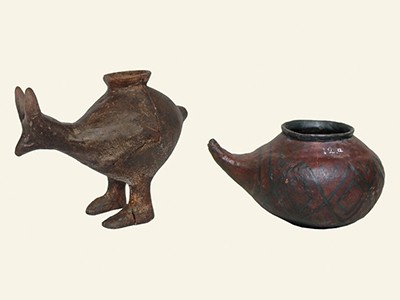 The dairy industry says a little lactose is harmless to people who are lactose intolerant, and milk’s nutritional benefits outweigh its risks. Early Europeans—and today’s Chinese—must think so too.
The dairy industry says a little lactose is harmless to people who are lactose intolerant, and milk’s nutritional benefits outweigh its risks. Early Europeans—and today’s Chinese—must think so too.
And sorry, but I can’t resist:
Q. Why do cows have hooves?
A. Because they lactose.

